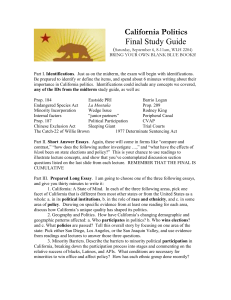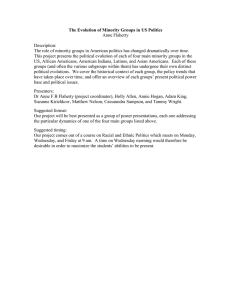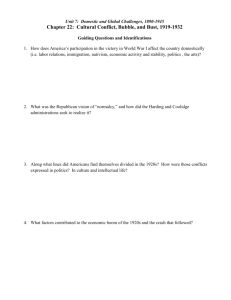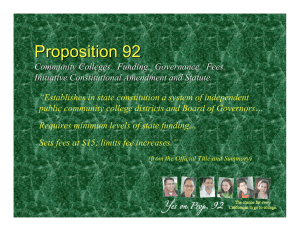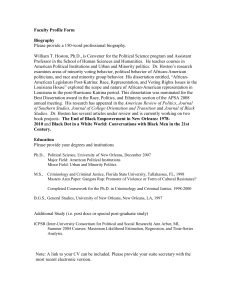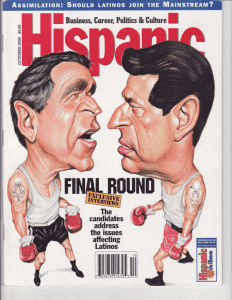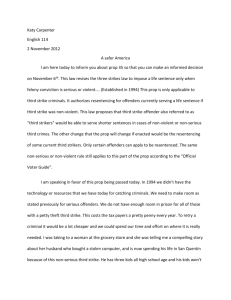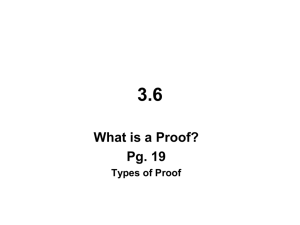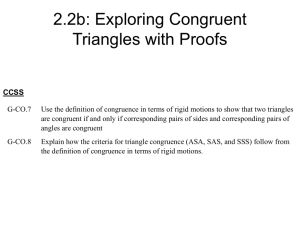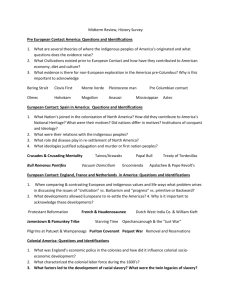California Politics Final Study Guide (Thursday, December 7th, 3
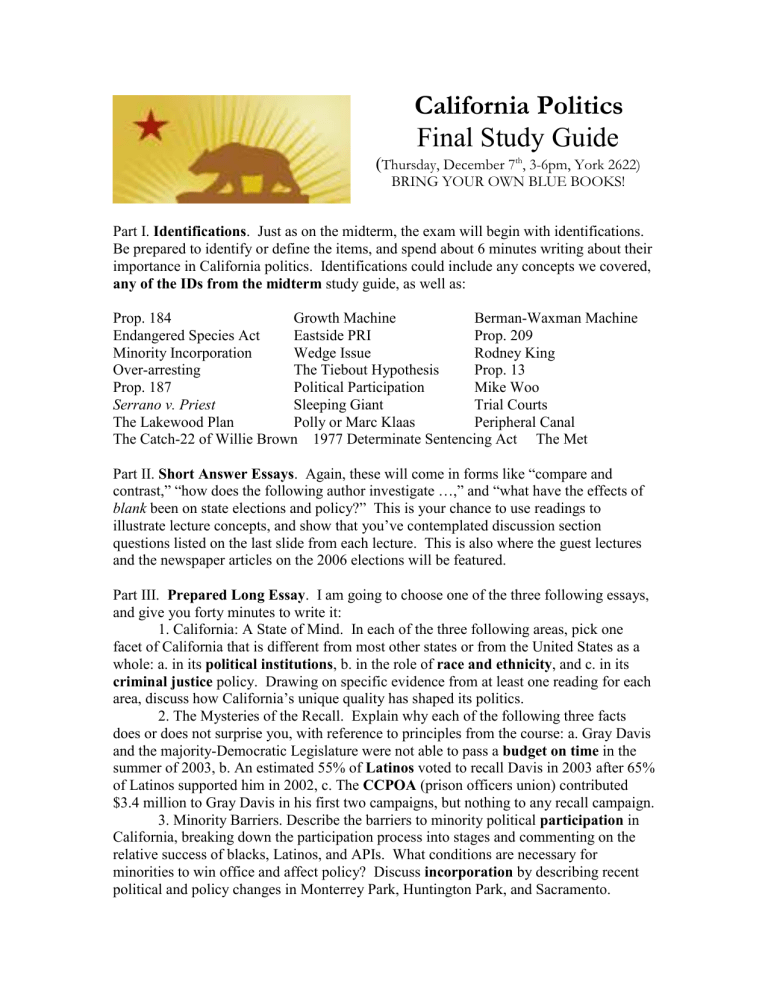
California Politics
Final Study Guide
( Thursday, December 7 th , 3-6pm, York 2622)
BRING YOUR OWN BLUE BOOKS!
Part I.
Identifications . Just as on the midterm, the exam will begin with identifications.
Be prepared to identify or define the items, and spend about 6 minutes writing about their importance in California politics. Identifications could include any concepts we covered, any of the IDs from the midterm study guide, as well as:
Prop. 184 Growth Machine Berman-Waxman Machine
Endangered Species Act Eastside PRI
Minority Incorporation Wedge Issue
Over-arresting
Prop. 187
The Tiebout Hypothesis
Political Participation
Prop. 209
Rodney King
Prop. 13
Mike Woo
Serrano v. Priest
The Lakewood Plan
Sleeping Giant
Polly or Marc Klaas
Trial Courts
Peripheral Canal
The Catch-22 of Willie Brown 1977 Determinate Sentencing Act The Met
Part II. Short Answer Essays . Again, these will come in forms like “compare and contrast,” “how does the following author investigate …,” and “what have the effects of blank been on state elections and policy?” This is your chance to use readings to illustrate lecture concepts, and show that you’ve contemplated discussion section questions listed on the last slide from each lecture. This is also where the guest lectures and the newspaper articles on the 2006 elections will be featured.
Part III. Prepared Long Essay . I am going to choose one of the three following essays, and give you forty minutes to write it:
1. California: A State of Mind. In each of the three following areas, pick one facet of California that is different from most other states or from the United States as a whole: a. in its political institutions , b. in the role of race and ethnicity , and c. in its criminal justice policy. Drawing on specific evidence from at least one reading for each area, discuss how California’s unique quality has shaped its politics.
2. The Mysteries of the Recall. Explain why each of the following three facts does or does not surprise you, with reference to principles from the course: a. Gray Davis and the majority-Democratic Legislature were not able to pass a budget on time in the summer of 2003, b. An estimated 55% of Latinos voted to recall Davis in 2003 after 65% of Latinos supported him in 2002, c. The CCPOA (prison officers union) contributed
$3.4 million to Gray Davis in his first two campaigns, but nothing to any recall campaign.
3. Minority Barriers. Describe the barriers to minority political participation in
California, breaking down the participation process into stages and commenting on the relative success of blacks, Latinos, and APIs. What conditions are necessary for minorities to win office and affect policy? Discuss incorporation by describing recent political and policy changes in Monterrey Park, Huntington Park, and Sacramento.
